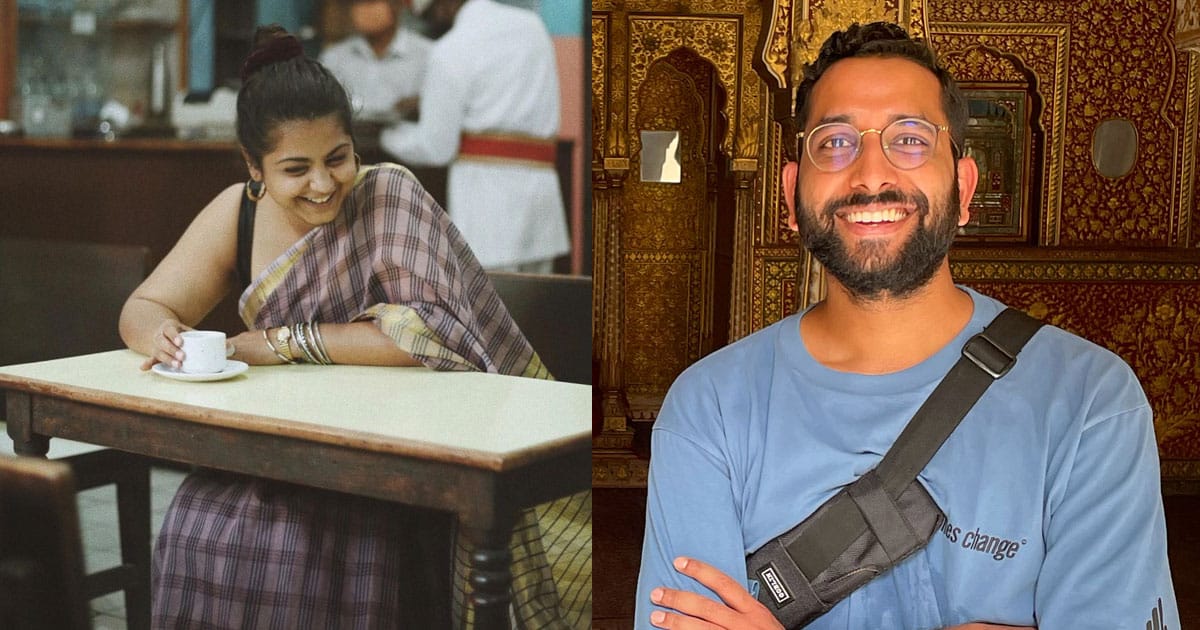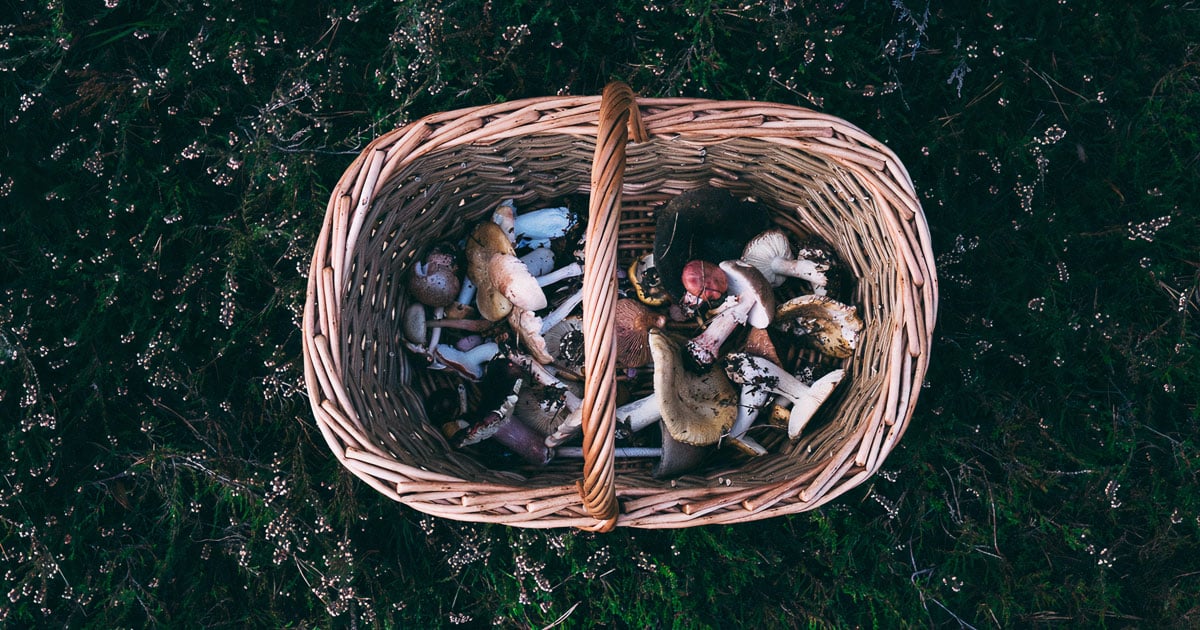During a visit to a monument in Chattarpur, New Delhi, in 2015, Jayati Jain felt intrigued by the art on the matchboxes. The guide escorting her group picked up a matchbox from the floor and showed it to the group. It had a sketch of Humayun’s Tomb on it.
“The guide mentioned that a lot of people do not notice this, but every matchbox is unique and will have a different print on it. That made me realize that matchboxes have very interesting art and there is a variety available,” says Jayati Jain, the Bengaluru-based designer who began collecting matchboxes soon after this incident.
Something similar happened for New Delhi-based sports medicine doctor Mukul Mittal who got enthralled by matchboxes in 2016 while at a fair in Pushkar.
“I saw a few boxes here and there at the fair, and I was very fascinated by the kind of art and the pictures you see on them,” shares Mukul who takes to Instagram, @maachisman, to upload photographs of the various matchboxes he has collected over the years.

Both Jayati and Mukul represent a community of phillumenists in the country who have found meaning in a seemingly mundane object like a matchbox.
In conversation with LifeBeyondNumbers, both of them got candid about their respective collections, their hobby, their favorite matchbox designs, and the community of collectors in India.
Travel escapades
A photograph of a blue matchbox from the 7th South East Asian Peninsular Games (SEAP) in front of the Singapore Flyer, a photo of a red matchbox featuring an illustration of a lantern with words ‘Handlamp’ taken in front of Fort Kochi, a yellow cover of wax matches taken in front of a bougainvillea bush in Pondicherry – Mukul usually posts photographs of matchboxes from the collection against the place where he finds the matchbox.
The captions on his posts sometimes delve into the history of a certain matchbox or his personal experience of finding it.
“For me, the best feeling is finding a matchbox out of nowhere like the ones I find on the road when I’m traveling somewhere. It is something new and interesting for me, and it leaves a more lasting memory. Buying [a matchbox] isn’t as satisfying. My eyes are always on the lookout for a new matchbox when I am traveling,” comments Mukul, who currently has about 2,000 matchboxes.
Jayati chimes in and says, “Each state has a different form of matchboxes. Every time I’d travel to a different part of the country, I’d stop by souvenir shops or pawn shops to check if they had any variety. To my luck, a lot of times, I’d find something new.”
Jayati’s collection features about 600 matchboxes from various decades. Jayati’s grandmother, Shail Dhingra, also had a collection of her own which she passed down to Jayati eventually.
“That [the fact that her grandmother too collected matchboxes] was such a stage coincidence,” exclaims Jayati.
She adds that her grandmother’s collection was built over the years from matchboxes collected from aeroplanes, banks, restaurants, monuments, etc. Her favorite matchbox is the one her grandmother collected in 1956 from Mount Lavinia Hotel in Sri Lanka while on her honeymoon – Jayati has another one that she got in 2018.
“That’s my favourite because that means a lot to her. It is something I hold very close to my heart,” she comments. A segment of her collection can be viewed on her Instagram blog @maachis_ki_dibiya.
A visual appeal
Matchboxes have always reflected the country’s social, political, and cultural environment. If one closely studies matchbox covers and their designs, one can make several deductions about the country’s history and historically important incidents.
Until the 19th Century, matchboxes were imported from Sweden. Eventually, the Japanese set up the first factory in Calcutta. In the years that followed, the packaging of matchsticks became a point of differentiation between competing brands. Labels would earlier feature the name of the factory or its location. However, post World War II, once matchboxes became an item of daily use, marketing measures differed, and makers began adding visual appeal to the covers in an attempt to push sales.
In India, matchboxes would see motifs of gods and goddesses, fruits, animals, flowers, etc., representing the nation’s culture, geography, and ideals. These images and prints attracted both Jayati and Mukul to collect matchboxes.
“I don’t understand who is designing the art [on these matchboxes]. It is a one-rupee commodity, I don’t know who is commissioning this, but it is always such a delight. I have noticed that usually it is the everyday objects like fruits, vegetables, flowers, etc., but over time I’ve started seeing objects and themes of current interests, like one matchbox I saw had a Facebook logo on it. Similarly, one had an image of an Innova on it,” Jayati comments, calling the entire practice whacky.
Another observation Jayati has made throughout collecting matchsticks is the portrayal of men and women on the covers.
“If a man is shown, it’ll always be while he is doing some kind of a job – a farmer, a cricketer, or a firefighter, but when you see women, she would usually be in a household setting, say an icon of a woman dressed as a bride,” she explains.
A community exercise
The community of matchbox collectors and the market for vintage boxes is more significant than ever in India today. Several phillumenists take to Instagram to upload snippets of their collection.
“Through my page, I have been able to find many other matchbox collectors in India. Often some people reach out to ask if they’d like to barter some of it,” comments Mukul, who is fond of matchboxes that represent pop culture.
Vintage matchboxes and limited edition ones are usually sold for an exorbitant amount.
“I saw a collection that was inspired from movies of the 70s and 80s. Those were very expensive. The older ones are vintage and hard to find,” adds Jayati.
For those looking forward to venturing into a hobby like Phillumeny, Jayati suggests one to be curious. “Do not collect something for the sake of it. The drive to do that is more important.” Mukul concludes, “Keep an eye on the road. The best ones are always found on the road.”



